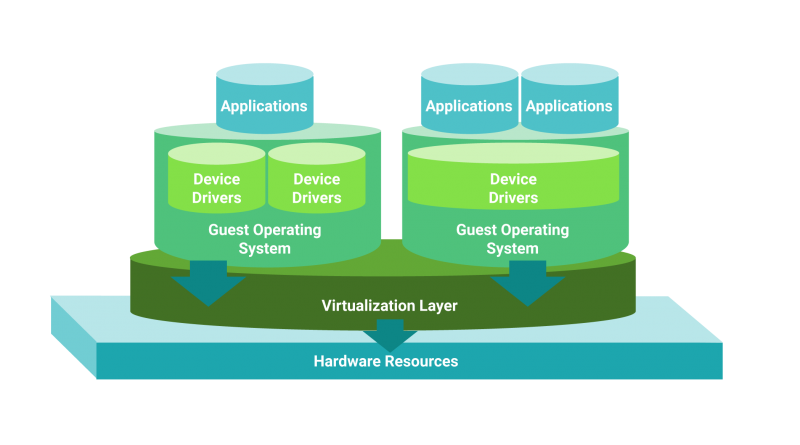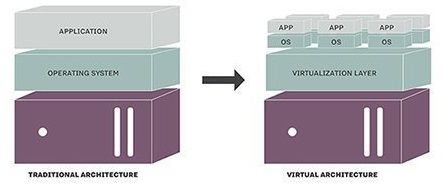In general, virtualization can be interpreted as the technology of simulating or exposing a physical resource or device into multiple virtual resources(Software-based). The virtual resource can be a server, desktop, operating system, file, storage or network. The main reason for IT industries migrating towards virtualization is that it reduces operating cost and capital of a data-center. Virtualization technology minimized the downtime of business-critical resources. Using virtualization technology, an IT admin can do faster provisioning of applications and resources with greater business continuity and disaster recovery.

In order to understand better, consider the example of partitioning a physical hard drive into multiple volumes. We take one drive and partition it to create two separate hard drives. Though these partitioned drive shares and uses the same physical resource, It can have its own properties and can be exposed as two nonidentical volumes. With these kinds of volume level separation, we can have different volumes having different file system types and volume levels customization like setting encryption and compression based on data handling requirements.

During the past decade, hardware virtualization has reached and acquired a reasonable amount of data center usage and set a great path for cloud-based service architecture deployments and management. In virtualization, one can easily run more than 15-16 guests operating system as an average within a single mainframe computer. Which reduces operation cost of an IT environment and RTO during disaster scenarios.

